Pregnant? Let’s Keep Both Your Mouth And Your Baby Healthy
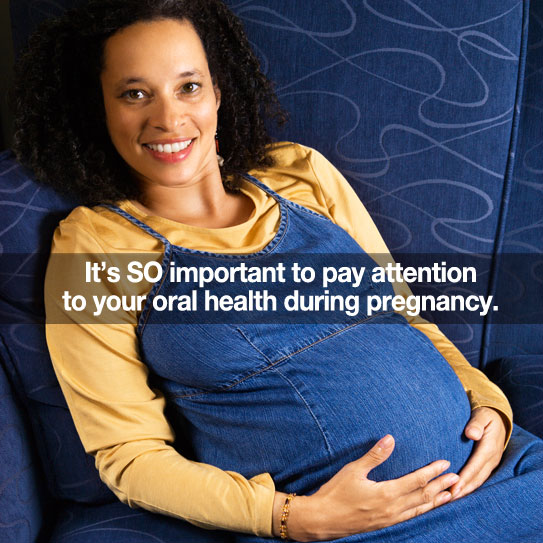
ARE YOU PREGNANT OR THINKING ABOUT becoming pregnant? Do you know someone who is pregnant? While you’re picking out tiny clothes and reading childcare books, remember the importance of your oral health!
Pregnancy brings so many physical changes. You crave different things. Your hair feels different. In fact, just about everything feels different. And, your mouth is different, too. Not sure why it’s important to know that? Don’t worry… We’re here to help.
Increased Gum Disease Risk
Pregnancy brings heightened hormone activity which can lead to increased gum disease risk and gum sensitivity. Just remember that pregnancy doesn’t cause gum disease—plaque does. Keep up your great oral care habits.
Are You Experiencing…?
Beginning around your second month, and often continuing through your eighth month you may be experiencing:
- Bleeding gums
- A potential increase in cavities
- Granulomas (small, tumor-like growths inside your mouth)
Here Are A Few Simple Recommendations:
- Brush and floss regularly.
- Keep your regular checkup appointment during your pregnancy and let us know that you’re pregnant.
- Lay low on the sweets.
Routine Checkups During Pregnancy
An ideal time for your check-up appointment is during your second trimester when your pregnancy is stable, but not far enough along to risk stress-induced issues. In the old days, women were anxious about dental checkups during pregnancy. Typically there’s never an issue. Just be sure to let us know you’re expecting.
Morning Sickness
DON’T brush your teeth right after being sick. Stomach acid makes your teeth softer and brushing can wear them down. Rinse out your mouth, and then wait a while before brushing.
Congratulations on your pregnancy! If you have questions, please ask! You can also comment below, or send us a direct message on our Facebook page!

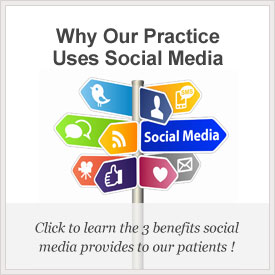




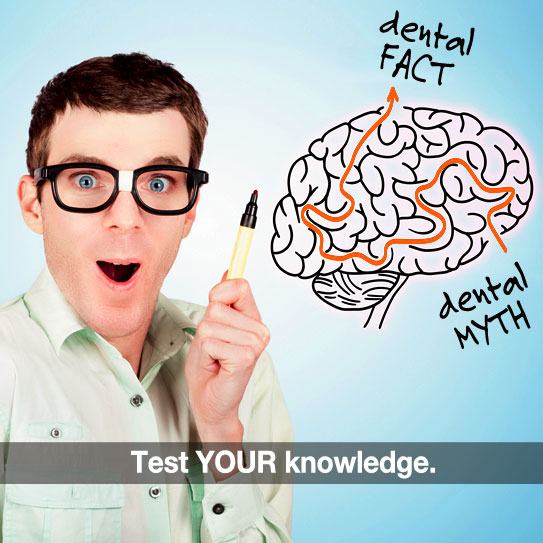
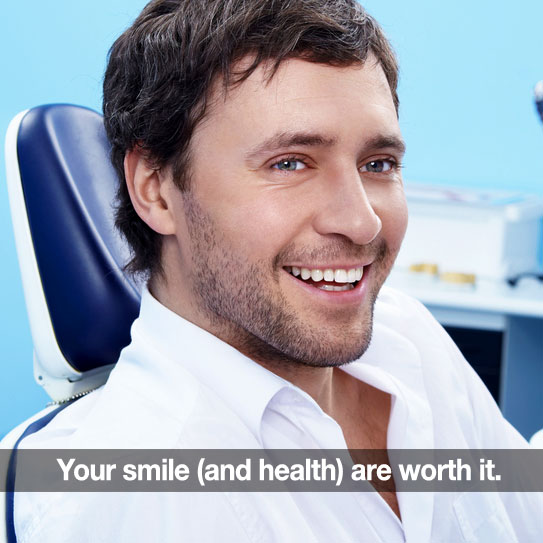
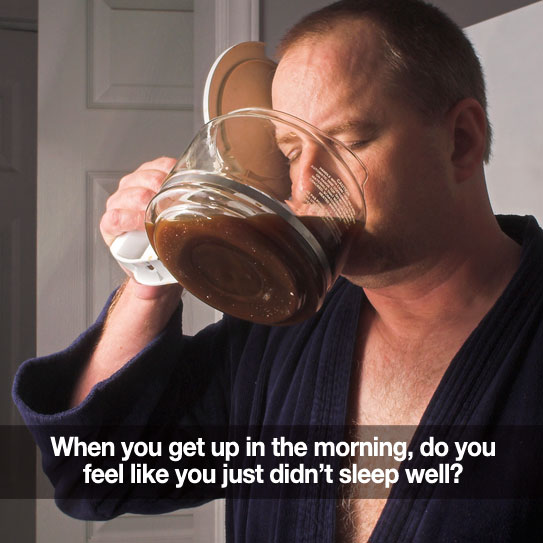
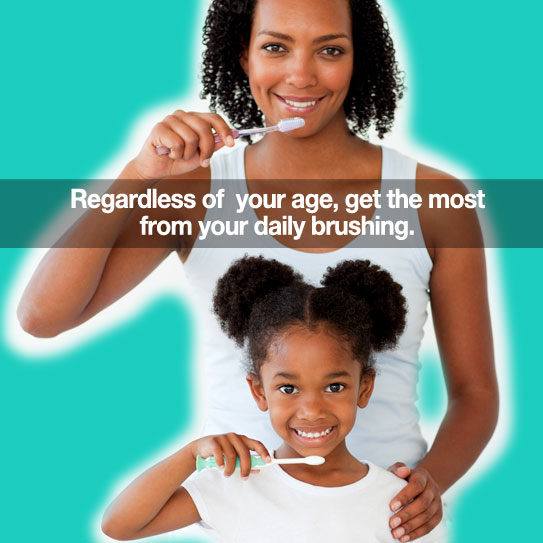
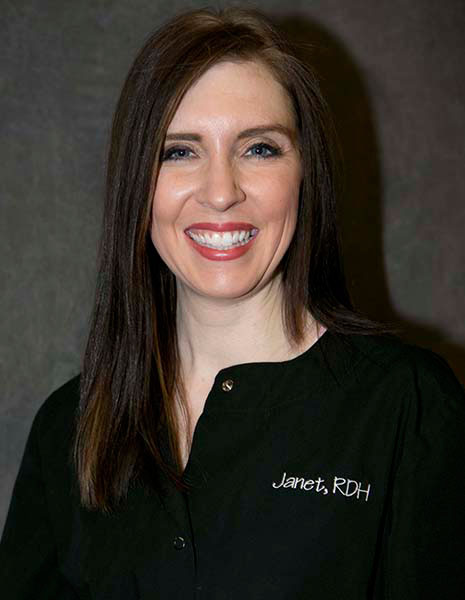
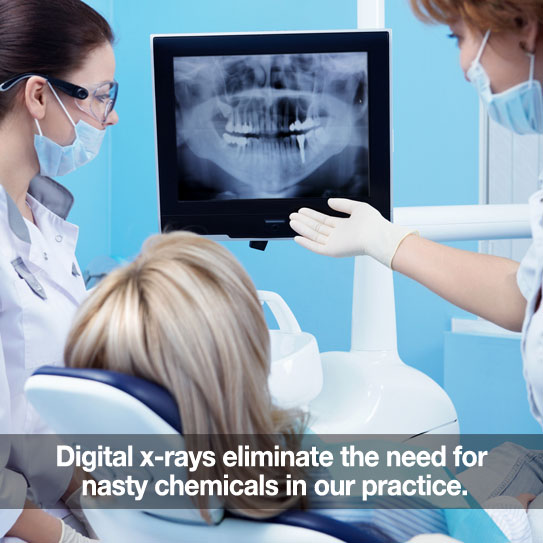
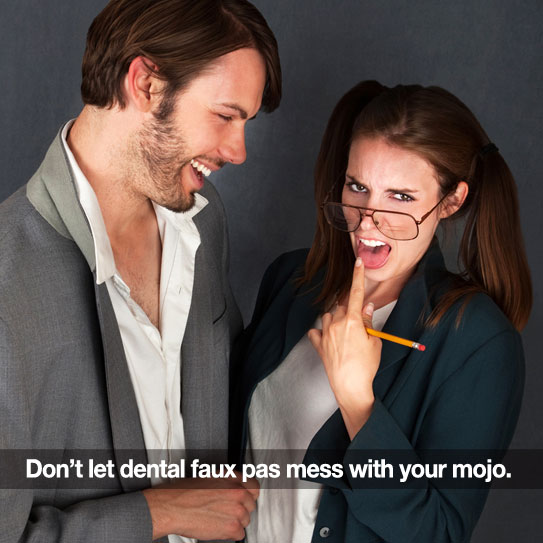
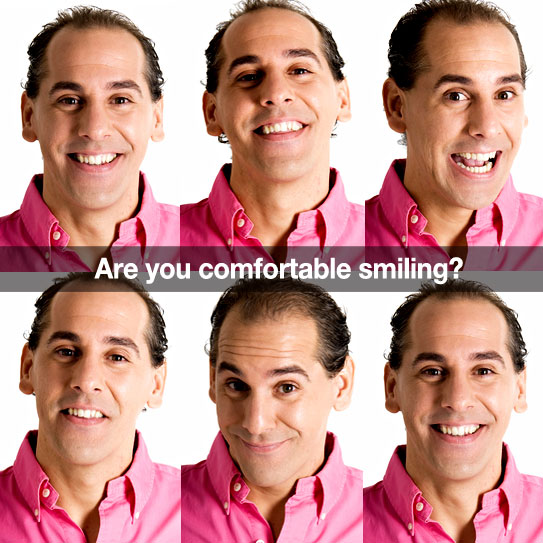
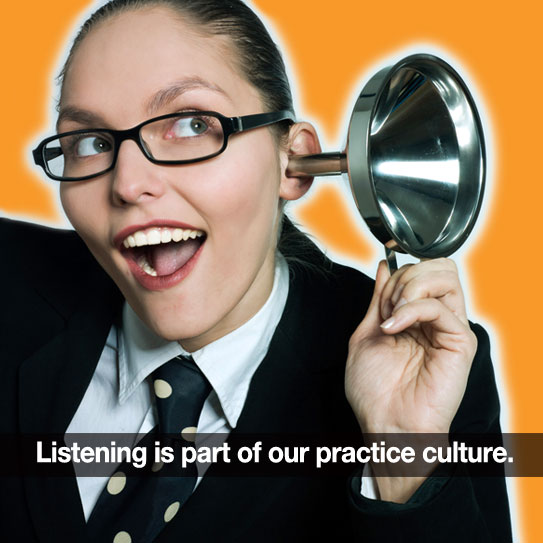

My daughter and I love going to see Dr Aparna Sadineni and her professional staff. We never have to wait and the staff knows us like a second family. I highly recommend this office!